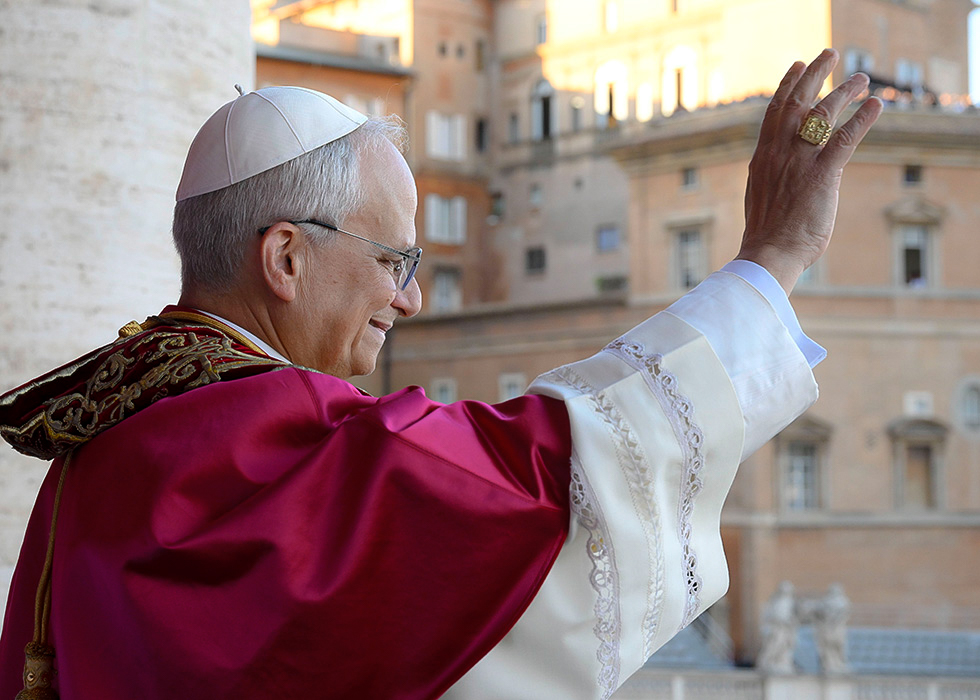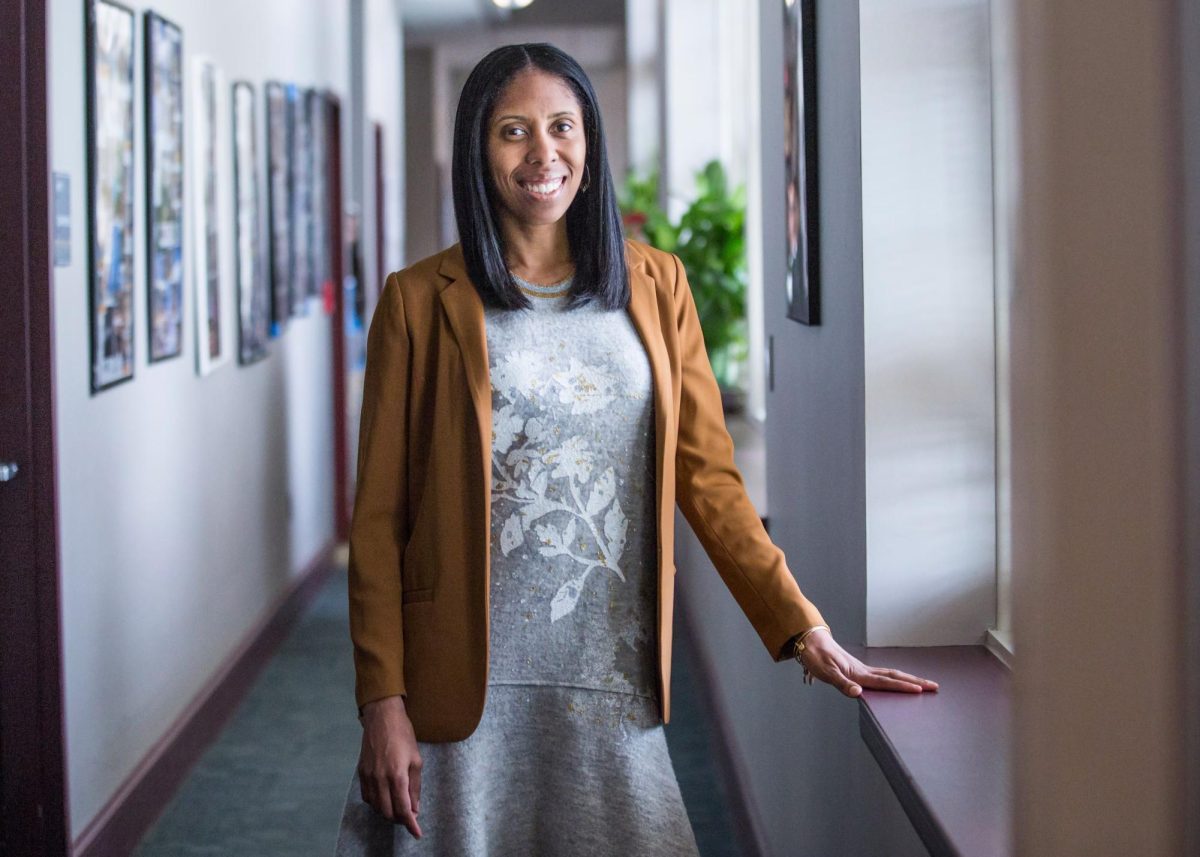On May 8, Cardinal Robert Prevost, now Pope Leo XIV, became the first American elected to head the Catholic Church.
Born and raised in Chicago, he served for two decades in Peru as a bishop and as a member of the Order of St. Augustine, visiting orders around the globe. After serving twelve years in his role, Pope Francis passed away in the Vatican, two weeks before the election.
The successor of a pope has been historically chosen through a papal conclave. The pope nominates 252 cardinals, who are religious leaders. In the papal conclave, eligible cardinals cast repeated votes until a two-thirds majority is reached without outside contact. Only those under the age of 80, though, are allowed to vote. For nearly 200 years, no conclave has lasted more than four days, showing strong consensus among the cardinals to focus on one candidate.
In a conclave beginning on May 7, the election of the pope featured other key candidates, including Cardinal Pietro Parolin of Italy. He acted as the deputy pope and was often seen as the one to focus on diplomacy over religion-specific matters. Pope Leo’s election caused a shift in certain dynamics, as an overwhelming majority of the previous popes had been Italian.
Cardinal Luis Antonio Gokim Tagle of the Philippines shares many of the same views as the late pope, often agreeing with the Church’s stance on common issues today. He was previously a candidate during the 2013 conclave, emphasizing that each individual should be respected. The global growth of the Church away from European countries is clear by representation and a shift in focus.
Though Pope Leo was not considered one of the initial front runners, the decision for the pope was made unusually quickly. At 6:07 P.M., white smoke billowed out of the Sistine Chapel chimney, signaling that the cardinals had chosen a successor.
The name Pope Leo XIV was chosen to stress the church’s position on labor in the modern world. Known as the “pope of the workers,” the last pope bearing the name, Pope Leo XIII, was one of the longest-reigning popes in history, and his Rerum Novarum Latin papal letter was celebrated for protecting workers’ wage rights.
“It was really historic that it was a pope from South America, and he, as pope, tried to continue the work he had done throughout his life, like about focusing on the poor, and that was influenced by his upbringing,” says Boston Latin School AP Comparative Government teacher Ms. Meredith Elliott.
Leo XIII played a major role in changing social systems worldwide and in the Catholic Church. Pope Leo XIV chose his name as an intentional reference to Leo XIII, as they share many beliefs.
Pope Leo XIV has roots in Creole culture and a multi-racial family ancestry. As the first U.S. born pope, he benefits from being more in touch with American cultural and political dynamics. To many American Catholics, the election of the first American pope helped them feel that their political experiences would be more represented within the Catholic Church.
Lidia Bolec (III) adds, “It’s going to lead to much deeper engagement on regional issues like migration, poverty [and] indigenous rights, especially in Latin America, because of his long-term service in Peru. I think his familiarity with Western systems could help the Vatican engage more efficiently [and] effectively on global issues like technology, ethics, economics and human rights.”
Pope Leo IV currently has plans to unite the different factions of the Catholic Church, an idea which has been central as the first Augustinian pope. The Church has also decided to become more vernacular through the inclusion of widely spoken languages like English and Spanish.
BLS AP European History teacher Ms. Clara Webb says, “In terms of [direction], Francis was kind of a reformer and was trying to, I think, move the church in kind of a more progressive direction in regards to a lot of different issues, […] so I think a big question was whether the selected folk was going to continue Pope Francis’s direction or was going to try to […] reverse [it].”
On May 18, in a Sunday Mass in St. Peter’s Square, Leo XIV was formally inaugurated as the 267th pope of the Roman Catholic Church in front of a crowd of 100,000 people.
Categories:
Leo XIV: The First American Pope
By Mary Deng (II) & Constance Fang (IV), Head News Editor and Contributing Writer
June 24, 2025
CNS photo/Vatican Media
Vatican City welcomes Leo XIV as their new pope. (Source: CNS/Vatican Media)
0






